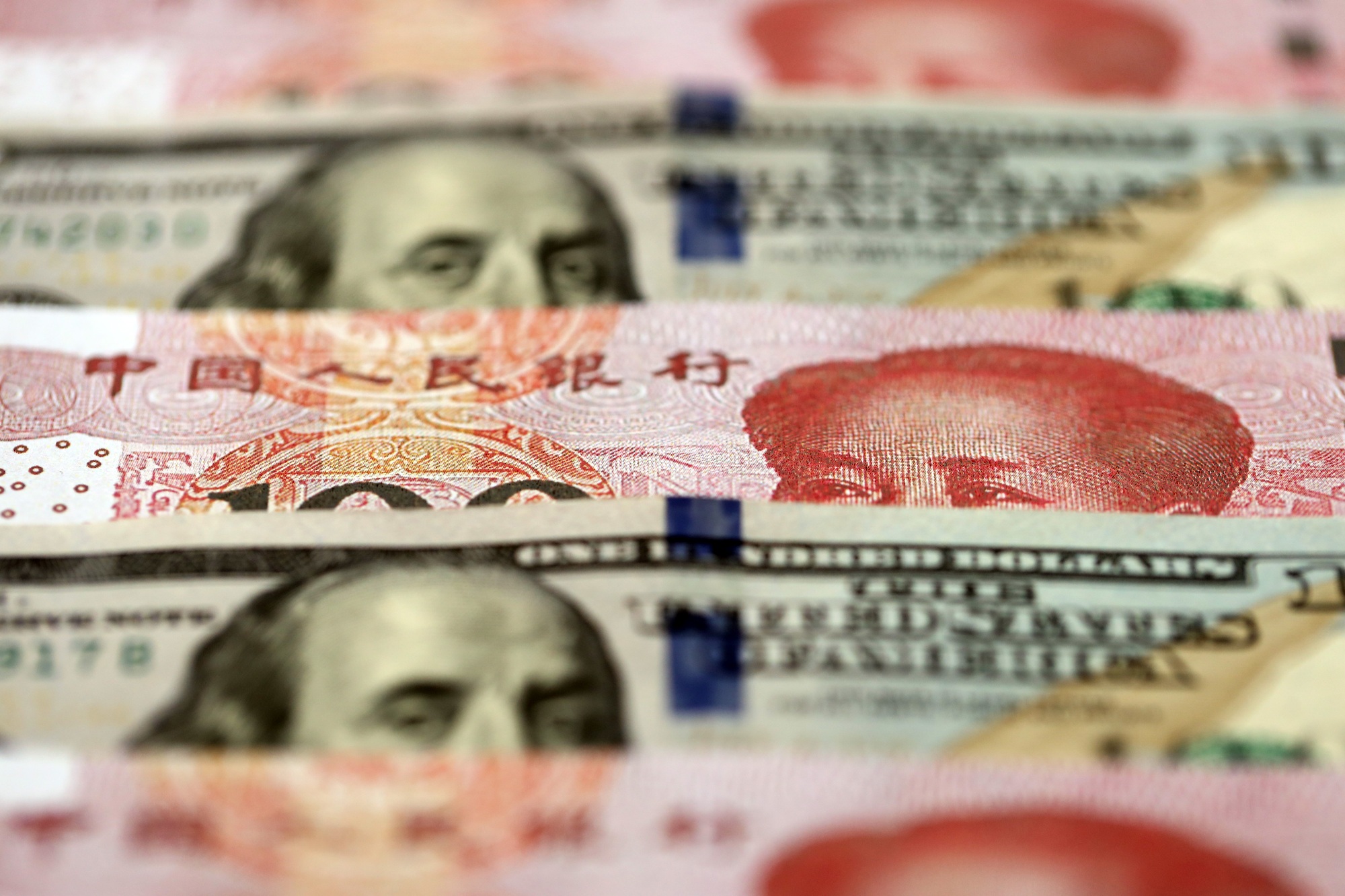State vs. Market: The Pros And Cons of China And U.S.’s Quantum Innovation Models

Insider Brief
- The U.S. and China are vying for dominance in quantum technology by leaning on two distinct innovation models: U.S. private-sector dynamism versus China’s state-driven approach, The Economist reports.
- The U.S. leads in quantum computing hardware with higher qubit counts and advanced error correction, while China excels in quantum communication and is making strides in domestic supply chains like dilution refrigeration.
- China’s centralized model offers coordination and funding advantages but risks stifling competition and innovation, while the fragmented U.S. approach faces challenges from limited production scaling and uncertain demand.
The U.S. and China are competing to gain dominance in quantum technology, but they are using much different innovation models to achieve that goal, according to The Economist.
Quantum computing, which could solve problems beyond the reach of traditional supercomputers, has drawn interest from tech industries, but also militaries and national security teams. The field includes subfields like quantum communication, known for secure data transmission, and quantum sensing, used for detecting faint magnetic changes. However, quantum computing offers transformative potential, and it is where the U.S. and China diverge sharply in their strategies, The Economist reports.
In the U.S., quantum innovation thrives on a mix of private-sector dynamism, venture capital and university research. Leading tech firms like Google, IBM and Microsoft push the boundaries of quantum computing, while startups, often VC-backed, add momentum. The government’s role, while significant, is less direct, primarily focusing on export controls and strategic funding.
China, on the other hand, employs a state-driven model. Government entities like the National Natural Science Foundation of China fund much of the research, while state-controlled universities and labs dominate the landscape. Private-sector involvement is minimal, with major firms like Alibaba and Baidu transferring their quantum research assets to the state. This centralized approach has created a tightly integrated ecosystem centered around institutions like the University of Science and Technology of China (USTC) in Hefei.
The country also is more opaque in how its supply chain works, the Economist reports.
“Although the commercial opportunities remain uncertain, militaries around the world have taken a keen interest in quantum technology,” The Economist states. “This is why China closely guards its industry. Little is known about how its supply chain for components works, and the Chinese government restricts exports of some related technologies.”
Strengths And Weaknesses
The results of the models these countries are relying on offer evidence of their respective strengths — and weaknesses. The U.S. leads in quantum computing hardware, with companies achieving higher qubit counts — one measure of computational power. In December, Google unveiled a chip capable of correcting many common quantum computing errors, which is regarded as a critical step — more so than the number of qubits — that are moving these devices toward practical quantum computing.
China excels in quantum communication, having demonstrated secure, satellite-based quantum networks. The country is also advancing in quantum sensing, where it remains competitive with the U.S. However, China’s quantum computing efforts rely heavily on Western components like specialized lasers and dilution refrigerators, which are critical for creating the ultra-low temperatures quantum computers require.
This dependence may be shifting. In 2024, several Chinese firms announced innovations in dilution refrigeration, including a record-setting model from Zhileng Low Temperature Technology. While the performance of these systems remains unverified, such progress at least hints at reduced reliance on foreign suppliers, The Economist reports.
Deep Contrasts In Innovation Approaches
The rivalry reflects deeper contrasts in innovation philosophy. A survey by the Information Technology and Innovation Foundation (ITIF), a Washington-based think tank, suggested that China’s centralized funding might offer advantages over the fragmented approach in the U.S., where competing priorities can hinder progress. Edward Parker of the RAND Corporation suggests that simple economics is holding back U.S. manufacturers from scaling up production of quantum components.
The Economist reports: “He notes that the best gear is still made in the West, but adds that China’s top-down, government-led model may have benefits when it comes to developing a large-scale supply chain for a technology with unclear time horizons and payoffs.”
However, China’s approach is not without risks, The Economist points out. Centralized coordination reduces competition, potentially stifling creativity. State-backed firms may lack incentives to innovate beyond government-mandated objectives, and resources are concentrated on a limited number of approaches deemed viable by policymakers. This strategy could pay off or lead to dead ends if the chosen methods fail.
For now, the U.S. retains its edge in quantum computing, particularly in developing cutting-edge hardware. But as China’s domestic supply chain matures, it could challenge American dominance, The Economist suggests. Export controls, such as those imposed by the U.S. on high-performance cooling systems in September, may delay but not halt this progress.
